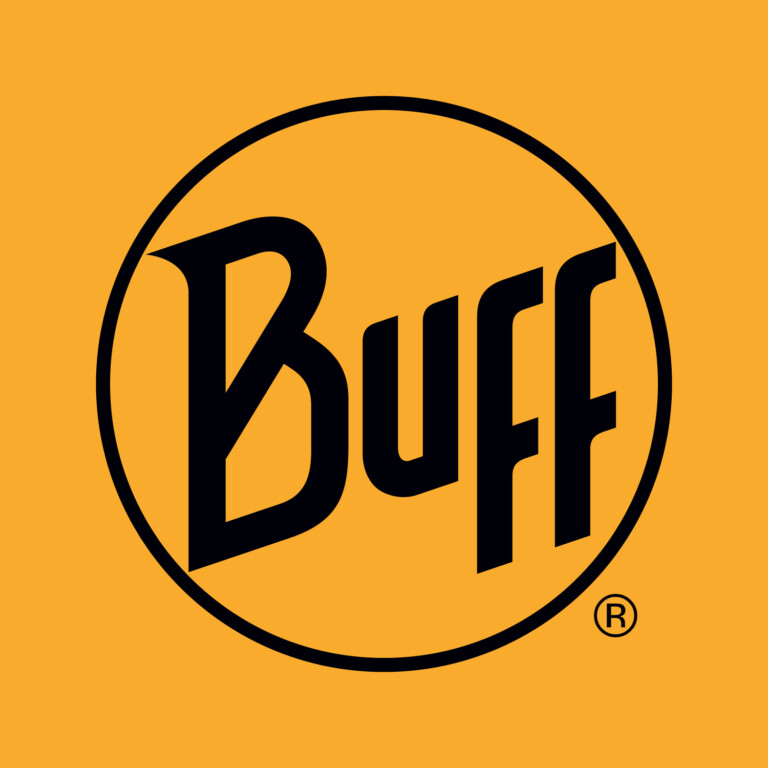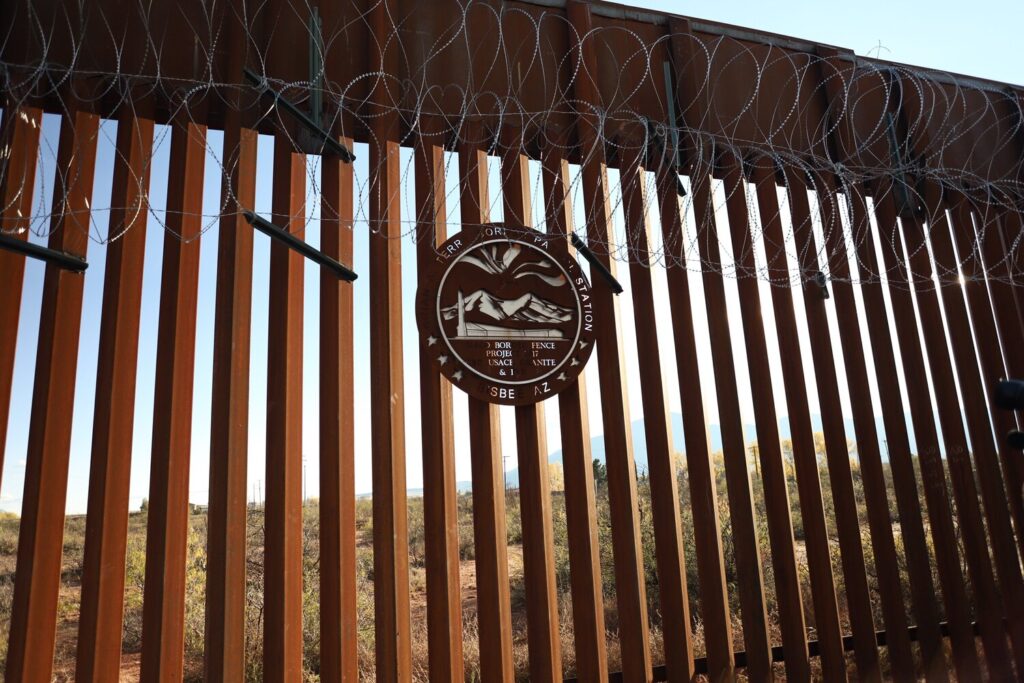State of Change
A month long, bikepacking adventure from the Mexican border to the North American Pole of Inaccessibility would lead to many adventures for Rob Ferguson, but none more powerful than sharing in a project aiming to change the fate of a state and hopefully, in time, the future for some of the many Native American communities that live there.
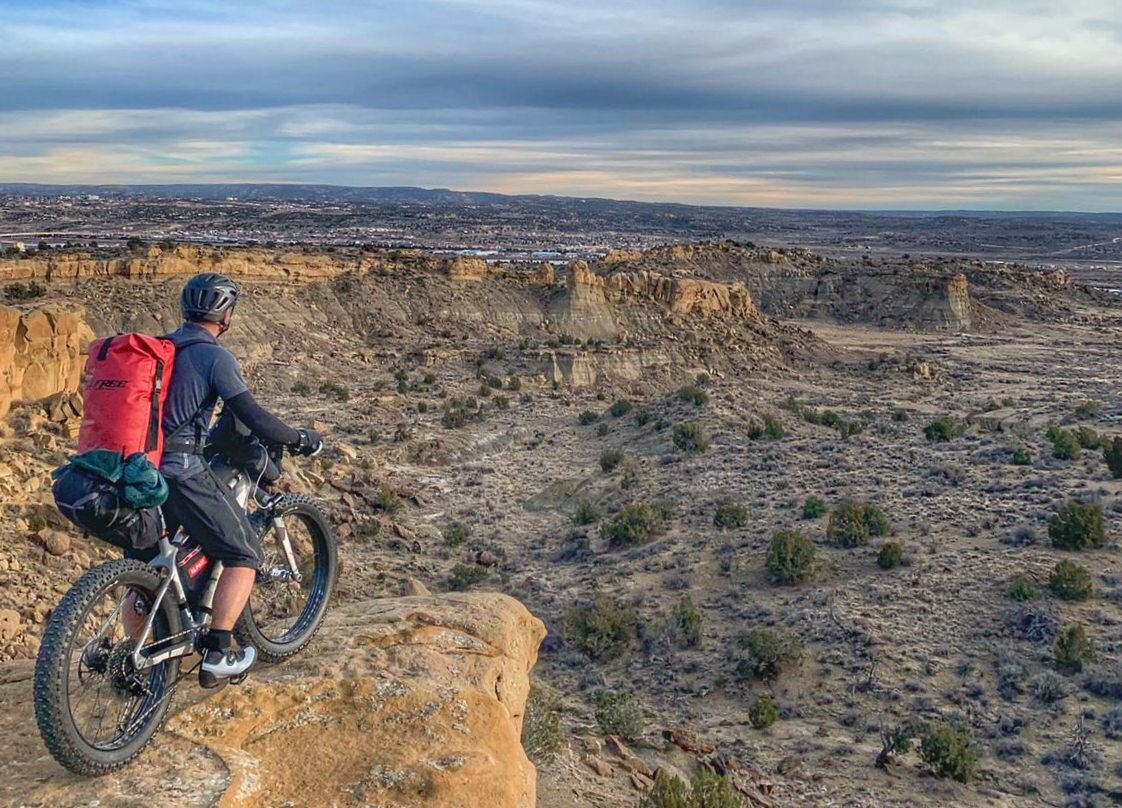
Scale becomes redefined in the high desert where ‘vast’ takes on a whole new meaning.
Basically, there is a rainbow above us. Nevada, Utah, Colorado. New Mexico sits underneath these outdoor meccas and people can’t see what is here. It’s my mission to change that. – Jennifer Lazar (Head of Tourism, Gallup, New Mexico)
A five day stopover in Gallup on our way to the North American Pole of Inaccessibility would show me that this mission was well under way. This was the first in a planned series of expeditions looking at a number of issues revolving around communities and the outdoors across all the continents. Joining me on this journey was good friend, Leon McCarron.
Starting at the US / Mexican border, the journey would stretch across six States and 2500km, taking a month to complete on our modified Specialized Fatboy bikes. The trip had been planned fairly loosely. I like to keep an open itinerary on expeditions. There’s obviously a start, a preferred objective and a finish, but you can risk ‘the journey’ if your schedule is too pre-set.
‘The journey’ is that etheric part between the start and finish. It’s like a Magic Eye picture. You can squint at it and if you stare long enough you start to get a vague idea of what it might be. At the end of a trip people rarely talk about the start or the end. They relive everything that happened in between. ‘The journey’ is where the magic happens.
The border itself was a significant starting place and I couldn’t help but feel the weight of the area. US politics was in full flow and one of the areas hitting the headlines was The Wall. Over the preceding months, the debate over the building of the wall and who was going to pay for it had been raging on. While this was unfolding, a sizeable group of Guatemalan refugees that had fled their homes through fear of crime, poverty and violence and were walking towards the US border.
Republican political rhetoric and media was hard-lined with threats of troops and extreme measures which, to my mind conjured images from history books. The players differ but imagery was worryingly familiar.
The wall at Nogales is a steel fence. Thick metal uprights with twisted points at the ends and razor wire. Its oppressive nature only lessened slightly by the fact you can see through it. As we made our final checks of our bikes and equipment, I recalled something Leon had once told me regarding his trip through Palestine and Israel for his book The Land Beyond.
Before the wall that separated Palestine and Israel there was a market. People from both areas attended the market and, although they may not have seen eye to eye, the ‘others’ had a face. An identity that was personally assessed. When the wall went up, and since, ‘the others’ identity is assessed only by the political rhetoric and media generated by one side or the other.
Fear of ‘the other’ is a powerful tool for some, which has shaped and continues to shape history. Its use seemed very present as we set off.
Fear of ‘the other’ is a powerful tool for some, which has shaped and continues to shape history. Its use seemed very present as we set off.
It takes some getting used to, riding with 30kg of gear on a bike. And riding 8-10 hours of varied terrain takes its toll when you factor in the cumulative fatigue while temperatures soar with the heat from the sun is reflected up from the tarmac or desert floor. But then there’s the sunsets. Ending each day faced with a sunset which would look at home as a backdrop for any alien world’s sky. Pinks, purples, oranges and the famous Arizona feather clouds adding to the ethereal light.
Heading away from the border, the roads disappear into the desert. Towns with indigenous names like Apache pass by at a pace that allows you to take in their energy and sense of history even without stopping. Eventually the light fades and the temperature drops. Although wild camping out in the desert is simply a case of dropping the tent, the chance of a small camp ground and laundromat would always be a welcome sight. One such place was Rodeo. Once a main stay on the now disused rail line serving the local prolific mining industry, the town is quite literally fading away. There is even a mural in the local cafe that suddenly runs out. The story, so it’s told, is that the painter died before he had a chance to finish. It seemed to fit.
‘Miles not Smiles’ isn’t just a glib saying from long distance cyclists. Rather an impending reality as the days pass. As the elevation slowly gains, the conversation moves through the excited chattering of the departure to a more intermittent form of communication powered only by necessity. Thank goodness for handle bar mounted iPhones, hub chargers on the bikes and in my case, deep house playlists with bass driven beats that’ll drive your legs up all but the steepest of inclines.
Our mid-point destination was Gallup, New Mexico, a city with a history swinging from extreme highs to extreme lows. Founded in 1881 as a railhead for the Atlantic Pacific Railroad, the town still echoes to the blasts from the regular freight trains passing day and night. The decline and eventual loss of the local mining industry heavily impacted the town as well as the surrounding Native Indian communities of Navajo, Hopi and Zuni nations, who relied on Gallup as the nearest major supply town and its market to sell jewellery and other handcrafted goods.
Gallup sits in the middle of some of the most jaw dropping high desert in New Mexico some of which forms part of New Mexico’s Trail of the Ancients byways. A resurgence in fortunes in the 1940s and 1950s came from Hollywood’s interest in the surrounding area as locations for the many westerns shot during that period. Gallup was once again on the up. We were lucky enough to be accommodated by the town in the El Rancho Hotel. Adorned with pictures of John Wayne, James Mason, Katharine Hepburn and a score of stars who’d stayed there, it felt like walking into a beautifully crafted set. With Route 66 just outside the front door part of me expected walking into the car park to find Jack Kerouac pulling up. Historically, Gallup was also the only town in New Mexico to successfully stand up against the government’s internment of Japanese Americans in camps throughout the US. This action was later seen as a gross violation of human rights by the Civil Liberties Act of 1988.
The golden age of cinema moved on however, and along with the construction of the Interstate 40, Gallup’s fortunes dipped again.
With economic downturn comes crime. In 2012, the small town of approximately 21,000 people had a violent crime statistic that were nearly five times the national average. In 2014 the town reported an 11% increase in violent crime from the year before, which doubled that of its neighbour, Albuquerque, the state’s largest city.
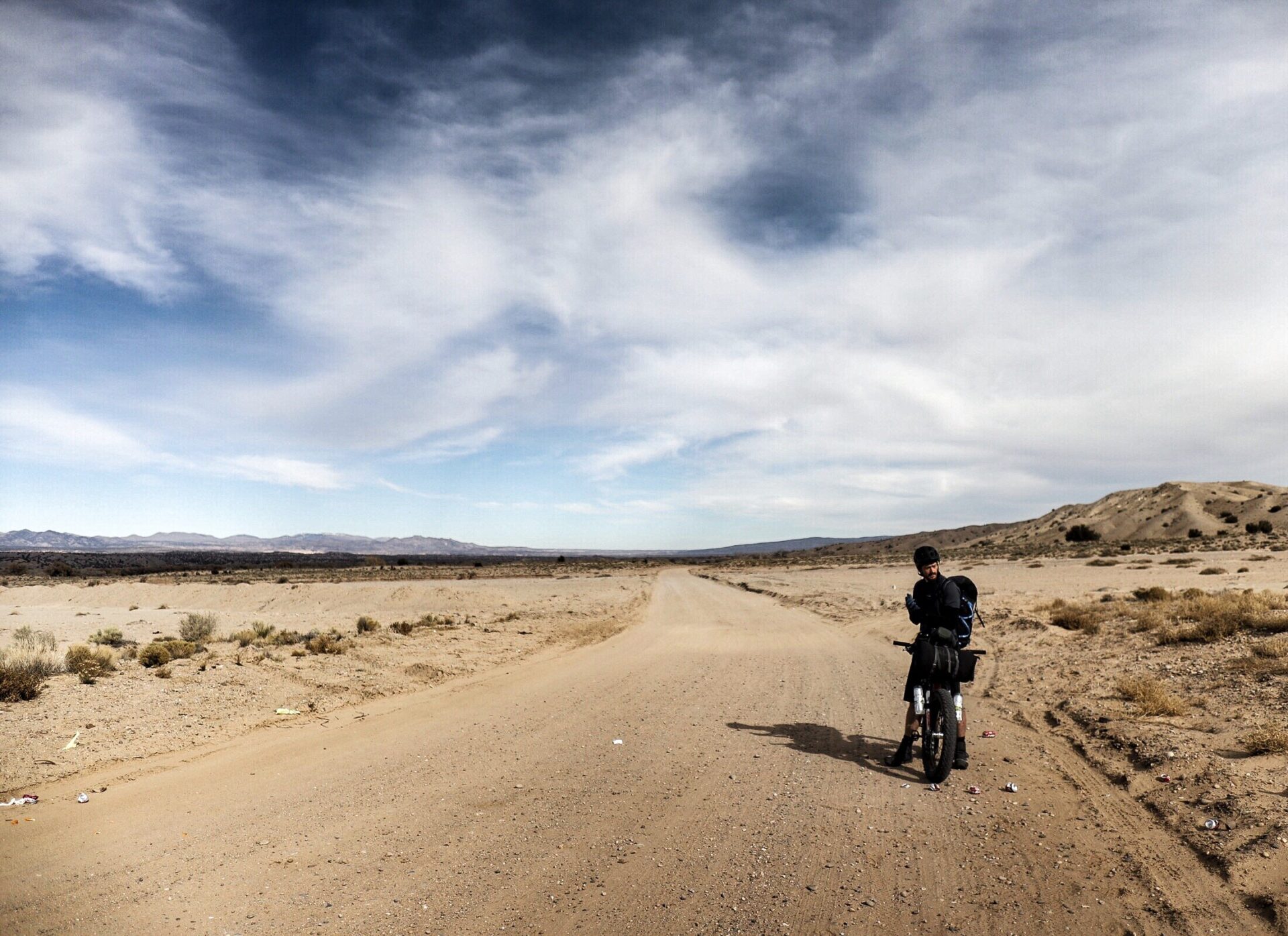
Mines not smiles.
The ultimate realisation on ‘the journey’ comes when you understand that you can change direction any time.
In his book On Trails, Robert Moor wrote: “…a journey is never simply the act of gaining a new perspective, but also the experience of being newly seen.”
Gallup decided that if they wanted to be perceived as more, something had to change, so they started to plan a new journey for the town.
Jennifer Lazar is, in all of the best ways, a force of nature. Her determination and care is coupled with a disposition that matches the brightness of the surrounding landscape. I had been talking with Jennifer for quite a while during the lead up to our trip as I was particularly interested in the town’s ongoing projects around development of outdoor trails for running, mountain biking and hiking.
Jennifer now heads up an ongoing initiative to develop Gallup and the surrounding landscape into an outdoor mecca to rival the surrounding states. The project is unique in that in its initial stages there was very little in the way of government support. The group was formed involving non-indigenous community members, outdoor enthusiasts and representatives from the local Navajo, Zuni and Hopi communities who, like the Gallup locals, could see the potential in utilising and promoting New Mexico’s best kept secret to reinforce the area’s economy. In addition, this use of the outdoors might be used as a way of addressing some of the community problems through empowerment, health, awareness and activity building. The development of hiking, trail running and mountain biking trails for all abilities which incorporate some of the most jaw-dropping desert have been a truly inclusive community success.
True to its pioneering history, Gallup’s residents are a mixture of home grown locals and those who came searching. The drive for change can sometimes be best realised through people from outside the area, the searchers, who bring new ideas and knowledge with them.
Scott Nydam is one of those people. Scott initially moved to Gallup following a very successful career as a professional cyclist. Racing as a member of Team BMC, Scott won the Mountains Classification at the 2008 Tour of California before he retired.
On arrival, Scott and his family made a choice. Instead of moving into Gallup directly, they would set up on the Reservation – becoming part of the Rez community, as it’s known here. Scott soon developed relationships and connections but more importantly was seen as a trusted member of the Navajo community.
The Navajo story is indicative of many indigenous cultures around the world. Details may differ from community to community across the globe, but the same words echo with a saddening familiarity. Displacement, marginalisation and misrepresentation. Concepts that walk hand in hand with a legacy of loss of advocacy, racial trauma, increased and under resourced mental and physical health problems, to name just a few

Jennifer Lazar: A force of nature that can change the future
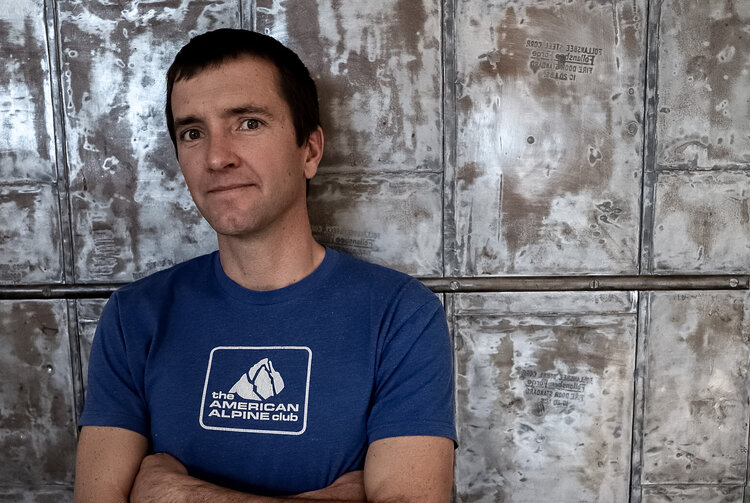
Scott’s cafe Silver Stallion Bicycling and Coffee has created an inclusive space for connection and adventure to thrive.
Scott recognised that the sense of autonomy, freedom and achievement he gained from cycling could be, at least, one piece in the journey toward healing
Do you remember your first bike? Mine was a second hand, 5 speed road bike. We weren’t particularly well off but my mum had been paying £10 from her wages into a savings plan with the local independent bike shop for most of the year, and, unbeknown to me, had been sneaking in on the way home from work and spraying it up bright red. I remember clearly so many adventures on that bike. Alone, with friends, it didn’t matter. The ability to travel further. The feeling of exhilaration on those downhill runs where you tested your limits. How long can I hold out before breaking, trees whipping past at break neck speeds, pushing the boundaries of control. And the ascents. My grim determination not to stop, not to give up. Legs and lungs burning and then hitting the summit victorious. I remember the feeling because they changed me. The sense of empowerment and freedom unlike anything I’d experienced.
Scott recognised that the sense of autonomy, freedom and achievement he gained from cycling could be, at least, one piece in the journey toward healing. He also knew that all of these gains are near to worthless unless owned. Scott’s achieved a lot over the last few years, setting up community controlled initiatives around cycling and cycle maintenance as well as provision of bikes, but his greatest achievement has been fostering the growth of a mountain biking culture on the Rez that is structured and inclusive.
The Silver Stallion Bicycle & Coffee initiative is Scott’s hub and serves, in its simplest form, as a meeting point for cyclists in the area, Rez and non-Rez alike. Great coffee and the smell of freshly baked pizza is also more than enough to get the rest of the community inside, wheels or no wheels.
The Silver Stallion is much more than this though. Offering barista and cycle mechanic training, this space is another facet in Scott’s vision to empower and give direction to willing minds from two communities (both Gallup and Rez) beset with a legacy that they neither want nor deserve. The cafe buzzes with talk of achievements in not just cycling but personal growth, and the most important aspect of this is that the lessons, encouragement, mentorships and role models come straight from the communities themselves. Not an external initiative carrying hints of we’re here to fix you – an experience the Navajo have no desire to repeat.
Scott’s work with Navajo Yes and his creation of a state mountain bike racing team (who, by the way, the rest of the US needs to watch out for) has created a new legacy and a potential new future direction for both Gallup and the Navajo communities which, in this area, is a valuable piece in reigniting the profile of New Mexico.
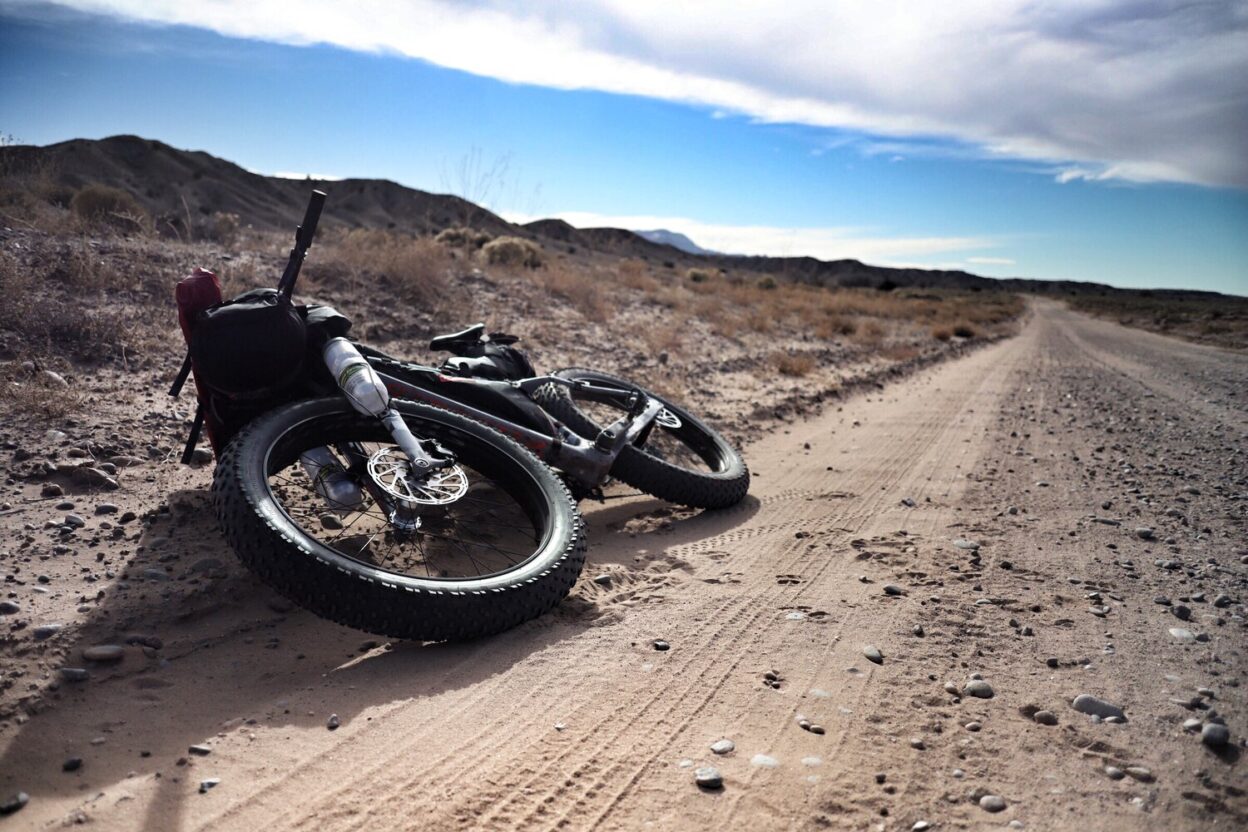
The bike is the key. Worth more than shin bones and ankles.
Keeping your itinerary loose gives room for the grail of exploration and discovery. These moments of discovery can be big or small and usually come as an aside, an unforeseen boon. Bill Lieberman was one example of such a moment.
The introduction to Bill came from Scott, who suggested that we really should talk to Bill who has a mountain cabin in the Zuni range. We knew this was a big tip-off that we couldn’t miss.
We took a lift to the edge of the forest and cycled for an hour or so, slowly climbing until we rode into a clearing to find Bill’s cabin. We were greeted by his dog Roxy, who’s enthusiastic barking and watchful tail wagging brought Bill to the front porch and we were vetted, licked (by the dog) and passed as suitable.
Bill’s smile and quiet demeanour met us with a cold beer and we entered his home. The cabin was functionally furnished – wooden tables and chairs in a large living space, with a sleeping room off to one side, a log burner sat centrally with Bill’s chair and work station nearby. Two walls were adorned with satellite imagery of the full surrounding area all the way down to the end of The Hog’s Back. It’s strange, ex-military (of which I am one) have a sense for like kind and I felt a familiar feeling and comfort in this space.
Following the Vietnam conflict, Bill came eventually to Gallup. Here he fell in love with the mountains and high desert and set about exploring them on his bike. Over the years, he’s carved out well over 100 miles of new mountain biking trails and is a legendary figure in the area. His running of the Gallup 12 and 24 hour mountain bike races have gone a long way to putting Gallup and New Mexico on the map as an area for competitive trail riding and exploration on foot and bike. Again these initiatives were conceived, executed and developed with the local Zuni, Hopi, Navajo and Gallup communities, maintaining the importance of inclusive ownership over the outside utilisation of resources for profit and giving nothing back.
Bill is a quiet man. He hinted towards his personal history during evening conversation and we traded lessons learned lifetimes ago as the evening drew in.
“I don’t want anyone to remember my name”, he says. “The legacy I want to leave is I just want people to enjoy the rides. To keep them going. To use them and love the forest.”
Before we settle down for the evening Bill points out his latest idea. Riding The Hog’s Back between Gallup and Rammah. Looking at this fissure on the satellite photos it looks like a freshly opened knife wound that on a technical and endurance level would leave many experienced MTB enthusiasts with a cold shudder, let alone a man in his 60s. Bill, however, I could well imagine taking it in his stride. The difficulty, secondary, to the joy of nature and the company of Roxy on the trail.
People like Jennifer, Scott and Bill are catalysts for change. This influence born from an honest love for their respective areas of interest and a genuine wish to make a difference to others. Leaving Gallup and continuing our journey north, I couldn’t help but feel blessed to meet three such people in one place over the short duration of time spent there.
This power of connection through the outdoors would go on to quite literally save our lives.
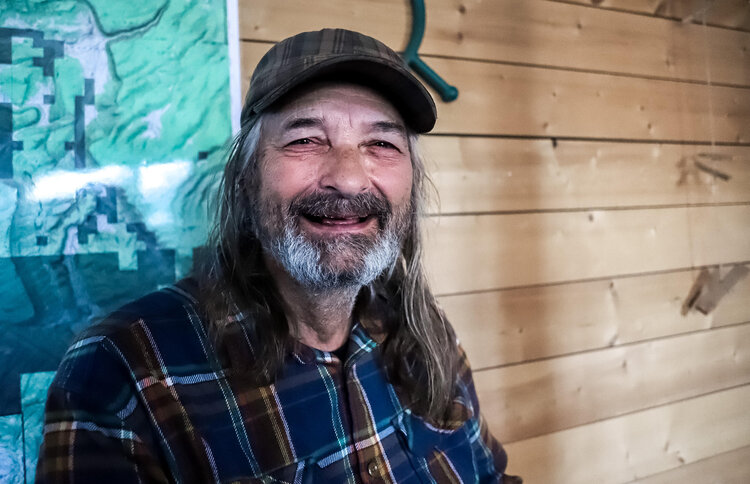
“The legacy I want to leave is I just want people to enjoy the rides. To keep them going. To use them and love the forest.” Bill Lieberman
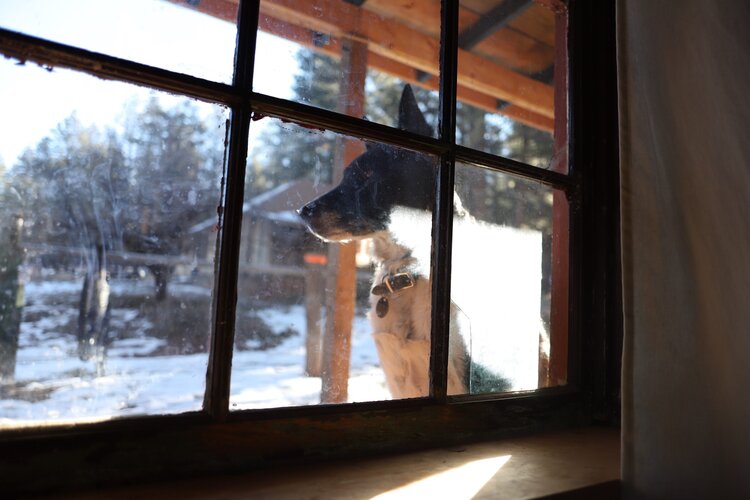
To connect with people we need to be seen as relatable and what could be a more widely recognised common ground than love of the outdoors?
After a day spent struggling through desert thorns, rolling tundra and steep sided finger gullies, our energy was low. A warm sleeping bag and finally putting the bikes down the only thing on our minds, when from somewhere in the distance unseen a voice is shouting.
“HEY!”
A silhouetted figure about 200m away on top of the rise from one of the adjacent gullies appeared. The male figure had a pole and a pit bull sitting next to him. You quickly develop keen sense of risk after spending periods of time in remote places and although he seemed to pose no threat, isolated in the middle of nowhere with no help for miles, there was a small warning light glowing steadily in my mind.
As the man drew closer we could see he was Native American, around his mid 40s and swinging the outline of a revolver in the front pouch pocket of his sweat top. The light in my mind now flashing wildly.
“Hey! I saw you from the hill and saw you had bikes so thought you must be ok.”
You, were worried about us? …You have the gun! I thought to myself.
“Yesterday I shot a male mountain lion but just wounded him and he went to ground hiding in these gullies. I was really worried about you so came over with the dog to help you out, just in case!”
Light off…..hang on…..LIGHT ON!
“I’ll lead you out to my place and make sure you are safe.” Our saviour Myron is employed by the US Government to collect samples from flora and fauna and send back to help monitor the reservations wildlife. As we walk back he chats about his role and the area. He has lived on the reservation his whole life. The sun is now setting as we approach is home and he tells us that this is the Creator. Every morning He opens his eyes and in the evening He closes them.
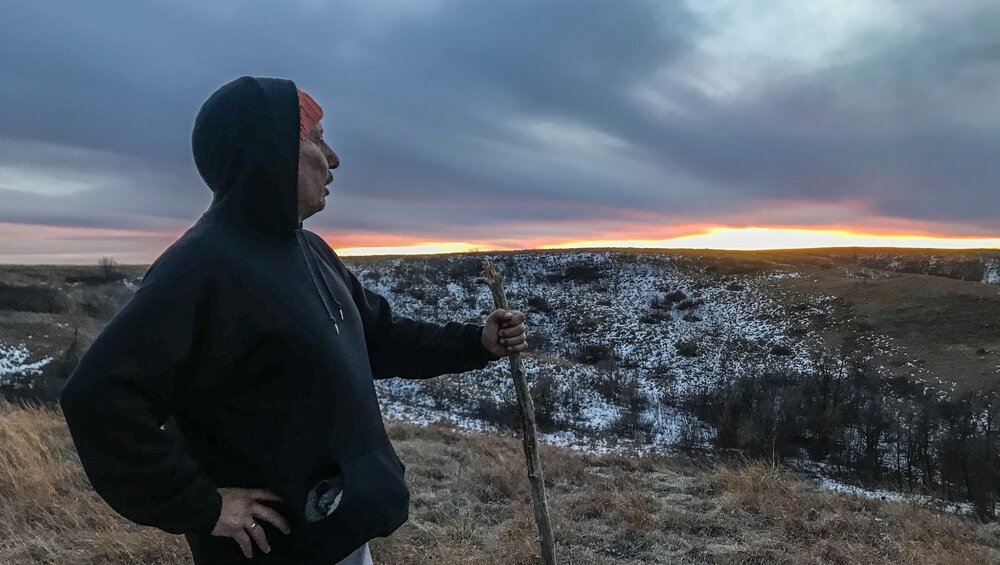
Mountain lion safety: Ensure you pack local guardian with dog and revolver.
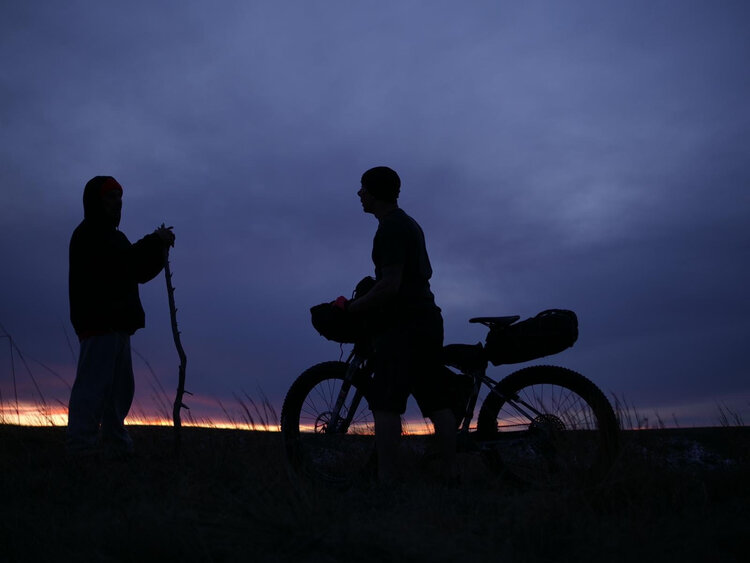
Myron is glad we came. “I want to give you something,” he says, as he disappears inside. He’s gone for sometime but when he re appears Myron has platted sweet grass and presents us with it along with an eagle’s feather. “When we meet travellers and new friends we give them this for good luck and safe passage.”
This has to be an exchange, surely but what the hell can I give him that matches this?
Rummaging around in my packs I come across the answer and proudly present Myron with the Tesco’s Finest, Tesco Christmas Pudding (single serving) I had been saving for Christmas Day at the end our our journey.
“What is it?!”
‘It’s a pudding,” I say. “You steam it and eat it.” Met with a beaming smile, it seems the trade is a good one although I can’t help feeling I came out better off.
The one thing that resonates with me is that the defining variable that gave Myron the confidence in his safety to approach us was the bikes. It’s not the first time and I am sure it will not be the last. To connect with people we need to be seen as relatable and what could be a more widely recognised common ground than love of the outdoors in all its forms?
As for New Mexico, there is a new reality on the horizon for this changing State and I am convinced, that it will not be long, before the rest of the US realises that what truly sits under the rainbow, is a gleaming pot of gold.
Don’t miss a single adventure
Sign up to our free newsletter and get a weekly BASE hit to your inbox
You might also like
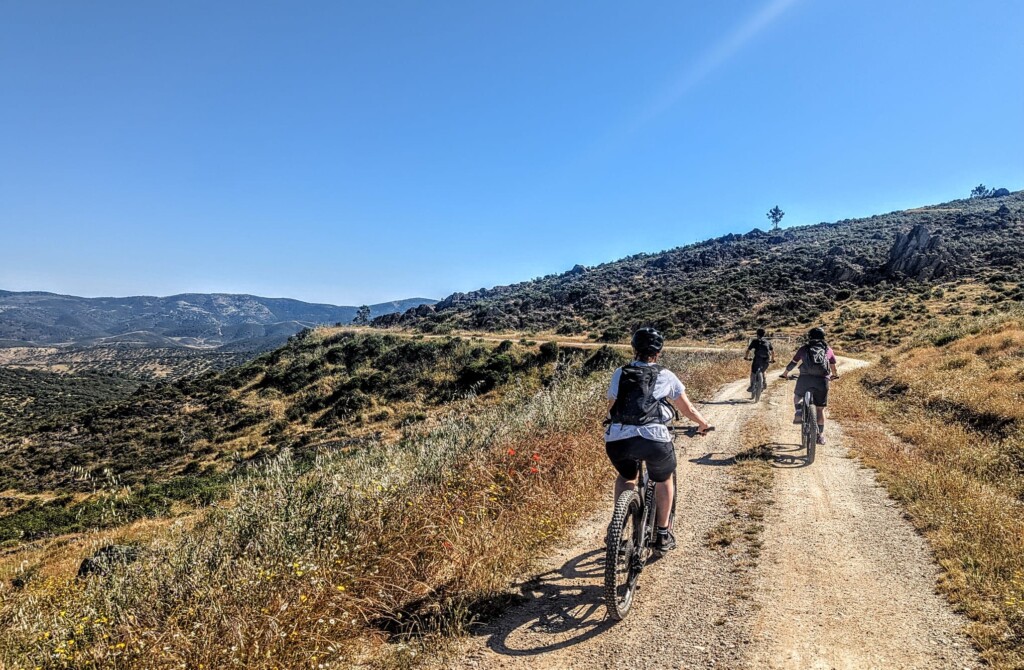
Story • Matthew Pink • May 30, 2025
Smuggler lanes and donkey trails: e-MTB in Andalusia
Hazy days zig-zagging the Andalusian sierra through a mesh of secret trails
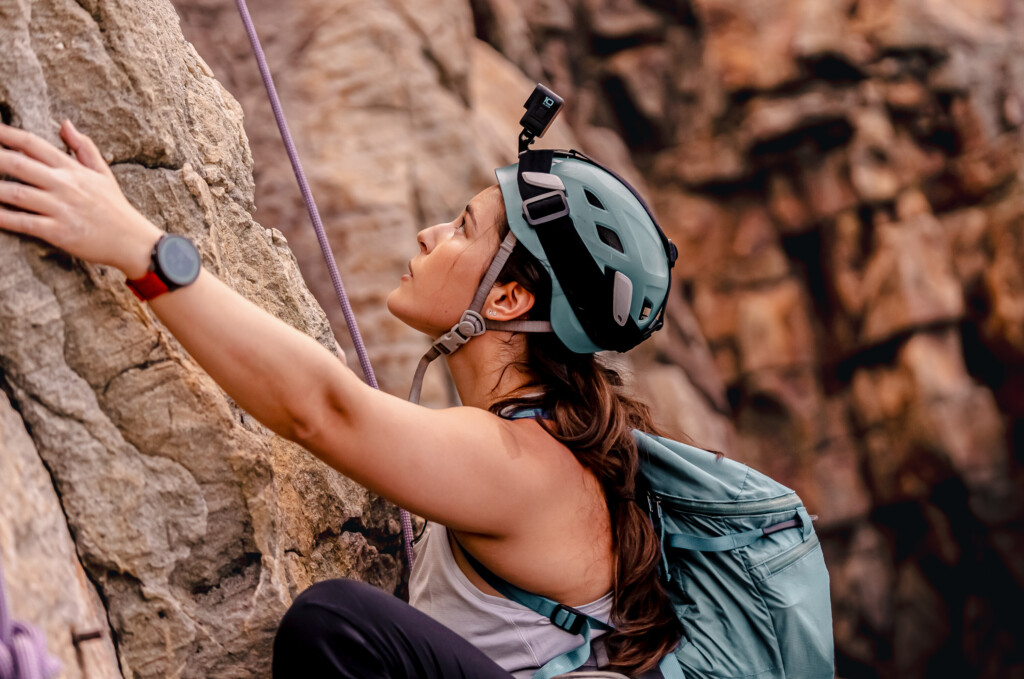
Photo Essay • BASE editorial team • Mar 18, 2024
Hunting happiness through adventure in Taiwan
BASE teams up with adventurer Sofia Jin to explore the best of Taiwan's underrated adventure scene.
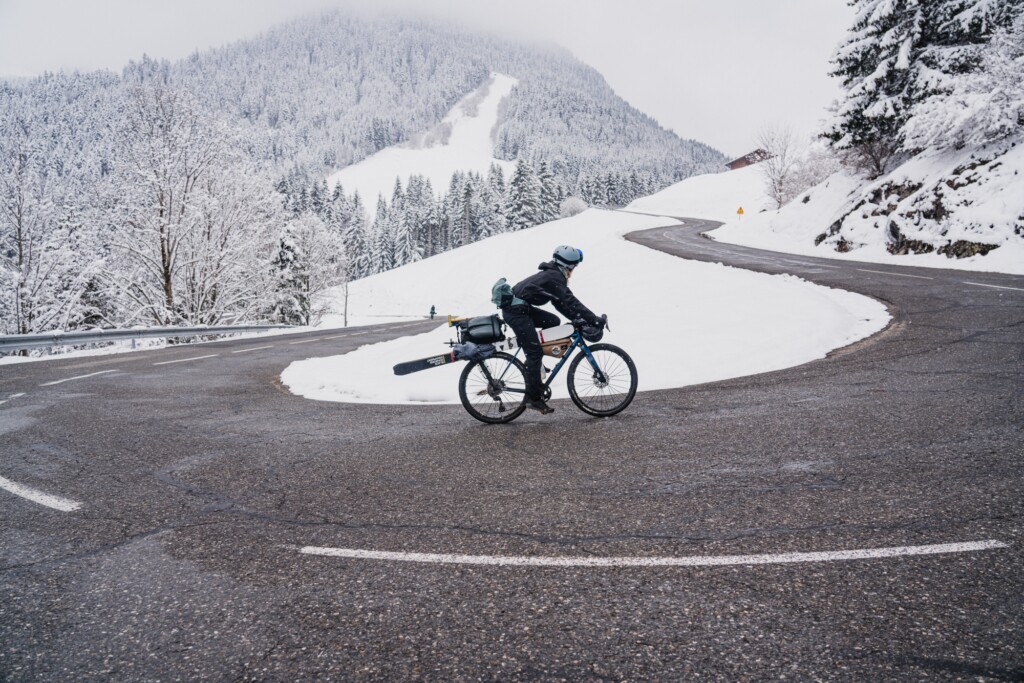
Story • Gaby Thompson • Jun 26, 2023
Bike. SKi. Fondue. Repeat
A backyard adventure with close friends in the French Alps
